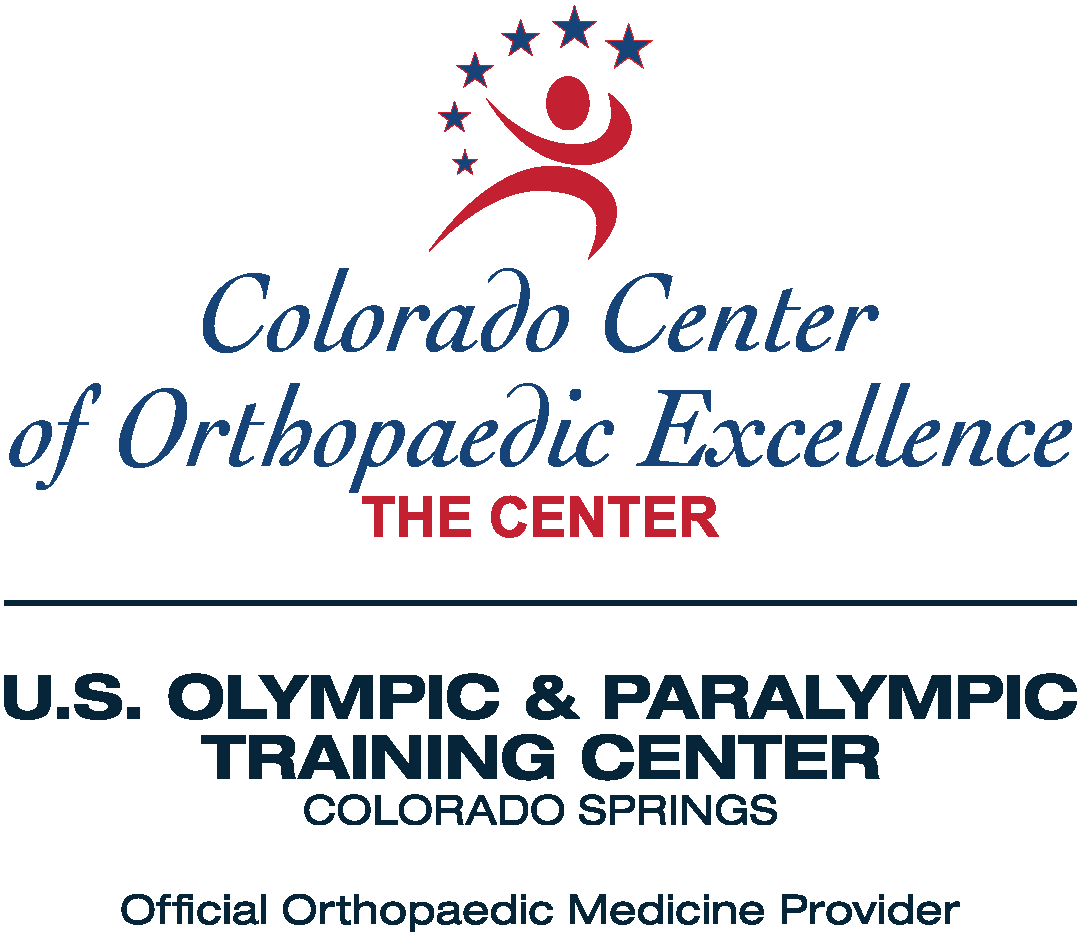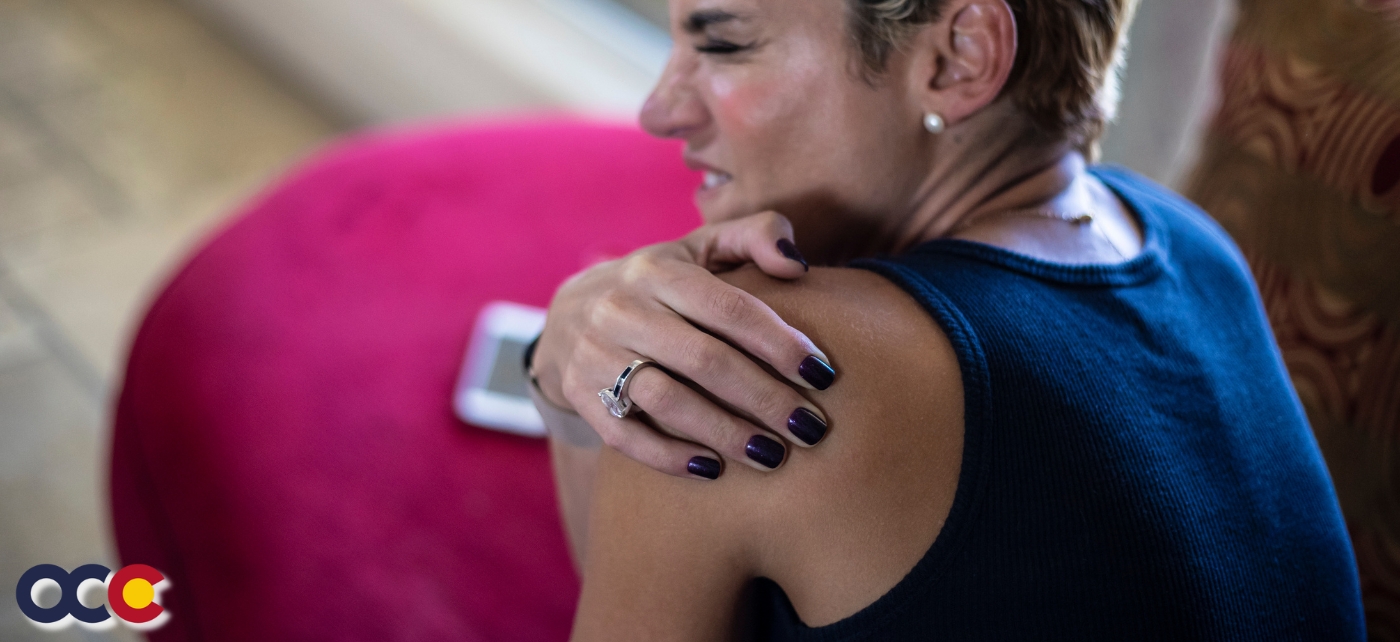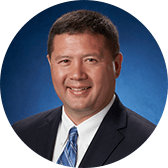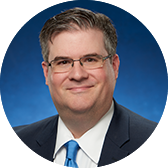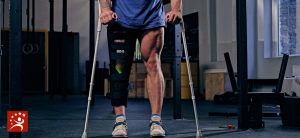Scapula fractures, also known as shoulder blade fractures, are relatively uncommon, but the damage they can incur can be quite serious. They often cause severe pain and discomfort, making it difficult to carry out daily routines and activities. Early diagnosis is key in avoiding potential complications. To get the best care possible, you should see the skilled and experienced orthopedic specialists at OCC – Colorado Center of Orthopedic Excellence in Colorado Springs, Colorado, as soon as the injury happens.
OVERVIEW
Because the scapula is protected by the chest and surrounding muscles, it is not easily fractured. Scapula fractures make up fewer than 1% of all fractures and 3 to 5% of shoulder fractures. Most often caused by direct trauma from the back or side involving a large amount of force, in 80% of scapula fractures, there are other associated injuries. Scapula fractures occur more often in young men aged 25 to 45 because of the activities they participate in. About three-quarters of cases are caused by high-speed car and motorcycle collisions.
ABOUT THE SHOULDER BLADE
The scapula, or shoulder blade, is a large, flat triangular bone located in the back of the shoulder between the shoulder and the spine that is divided into five anatomical parts:
- Scapular neck: the portion of the bone that connects the glenoid and scapular body
- Scapular body: the large, flat, triangle-shaped area of the scapula
- Acromion process: a bony projection of the scapula located at the top-most part of the shoulder, forming a joint with the end of the clavicle (collarbone)
- Coracoid: a curved, hook-like projection off the front of the scapula located under the clavicle, between the shoulder’s ball and socket and the first rib
- Glenoid: the shoulder socket
The scapula, together with the clavicle (collarbone) and humerus (upper arm), are the three bones that make up the shoulder and are well connected by a complex system of muscles. The shoulder blade connects the arm to the thorax (chest wall) while the muscles of the scapula ensure correct movement of the arm over the thorax.
WHAT IS A SCAPULA FRACTURE?
A scapula fracture is a break or crack in the scapula. Scapula fractures can be classified into different types based on the location and pattern of the fracture. One or more parts of the scapula may get fractured. 80 to 95 % of all scapular fractures are accompanied by other injuries like fractures of the shoulder, collarbone, and ribs, or injury to the head, lungs, and spinal cord, typically because it requires high-energy/torque trauma to cause an injury to the scapula. Potential consequences of scapula fractures include:
- Limited range of motion
- Muscle weakness and atrophy
- Chronic instability: this can result in recurrent dislocations or subluxations where the shoulder partially or completely comes out of its socket
- Nerve and vascular damage: nerve injury can lead to sensory or motor deficits, while vascular damage can result in impaired blood supply to the arm, potentially causing additional complications
- Malunion or nonunion: without proper alignment and stabilization, the fractured scapula may heal in an incorrect position (malunion) or may not heal at all (nonunion)
- Secondary arthritis: over time, untreated fractures can lead to the development of secondary arthritis in the shoulder joint, causing pain, inflammation, and further limitations in joint movement
CAUSES
Motor vehicle collisions account for over 70% of scapula fractures, with 52% associated with drivers and 18% associated with pedestrians struck by motor vehicles. Additional causes include falls with direct trauma to the shoulder and falls from heights or onto an outstretched arm. They can also be sustained through contact sports such as football, basketball, or rugby, or sports involving significant heights such as rock climbing, cheerleading, or horseback riding.
SYMPTOMS
- Pain at rest
- Pain when moving the arm
- Inability to lift the arm
- Swelling around the back of the shoulder
- Severe bruising
- Tenderness
- Flattened and deformed shoulder appearance
- Pain during breathing due to associated chest wall injury
- Numbness, tingling, or coldness of the arm due to impaired blood and nerve supply
- Popping sound, also referred to as crepitus, heard or felt at the time of the fracture
NON-SURGICAL TREATMENT
The goal of treatment is to maintain function of the shoulder. Most fractures of the body of the scapula can be treated without surgery. Conservative treatments include:
- Immobilization: immobilizing the arm in a sling can help reduce movement and provide support to the injured scapula, allowing the fracture to heal without putting excessive stress on the bones.
- Pain management: over-the-counter or prescription pain medications may be recommended.
- Physical therapy: once the initial pain and swelling have subsided, physical therapy can help improve range of motion, strength and function of the shoulder and surrounding muscles.
- Activity modification: patients may be advised to modify their activities to avoid movements that could strain the healing scapula.
WHEN IS SURGERY INDICATED?
While only about 10% of scapula fractures require surgery. It may be necessary if the scapula fracture is extensive. Certain types of scapula fractures that may need surgery include:
- Fractures of the glenoid involving the shoulder joint in which bone has moved out of place (displaced)
- Fractures of the neck of the scapula with a considerable amount of angulation (the bones are tilted away from each other)
- Fractures of the acromion process that cause the arm bone to hit against it (impingement syndrome)
During this operation, the bone fragments are first repositioned (reduced) in their normal alignment and then held together by attaching metal plates with screws to the outer surface of the bone.
GETTING THE RIGHT DIAGNOSIS. GETTING THE RIGHT DOCTOR.
After a thorough examination and evaluation of the position and posture of the shoulder joint, your doctor will most likely order imaging tests such as X-rays. X-rays are used to evaluate the location, type, and severity of the broken bone. While most scapula fractures are clearly seen in a shoulder and chest X-ray, they can easily be missed during examination of the X-ray film. CT scans or MRIs may be required to diagnose the fracture of the glenoid, which accounts for 35% of all scapula fractures. What is really required is treatment by an orthopedic specialist with extensive surgical experience, like the surgeons at OCC – Colorado Center of Orthopedic Excellence in Colorado Springs, Colorado. They take pride in outstanding surgical results that allow their patients the functionality and mobility to get back to doing not just what they need to do but what they love doing. If you are experiencing shoulder pain and need to see a specialist, schedule an appointment today.
